Cleveland Hearing and Speech Clinic: revitalising declining revenue raised through special events
- Exhibited by
- Bill Bartolini, PhD, ACFRE
- Added
- July 27, 2015
- Medium of Communication
- Special event
- Target Audience
- Type of Charity
- Healthcare
- Country of Origin
- USA
- Date of first appearance
SOFII’s view
Cleveland Hearing and Speech Clinic’s once successful gala evening was in serious decline. Rather than scrap it altogether, the fundraisers there carried out careful analysis and took the brave decision to have not one event, but three. In the process they re-connected with their existing donors, found some new ones and raised a substantial amount of money.
Summary / objectives
- Halt the decline in participation at the Cleveland Hearing and Speech Clinic’s special events and to attract new donors.
- Stop declining revenue and increase it beyond previous high points.
- Reduce the burden on staff and engage volunteers in the work.
Background
1. The Clinic had put on a benefit dinner/dance evening for 20 years that, at one time, had attracted nearly 400 guests. In recent years that had declined to 200 and they weren’t attracting any new people. Net revenue had also declined by half to just $72,000 in 2013.
Getting underwriting and sponsorships was becoming increasing difficult and it was hard to sell tables. The drain on staff was huge and, in addition, there are 400 events in Cleveland between March and November so it was difficult for the Clinic to compete. They tried a variety of themes but they didn’t always link to the mission.
The board, which had helped to raise over $6 million for the building, was tired. The board was bored!
2. The analysis
Laura Frye, director of development at the Cleveland Hearing and Speech Center and Katherine Miracle, founder of Miracle Resources, recognised that, by doing one dinner event, the organisation was treating all donors the same. They needed to do ‘demographic fundraising’.
They recognised that really there were three markets: established donors, mid-career managers and young professionals. They needed to meet the needs of these different donors and to link together marketing, brand and fundraising.
3. The solution: three events for three audiences
- For the established donors: Milestones of Success. A dinner that recognised the outgoing executive director and a long-serving board member that was held at the Cleveland Museum of Art. It had the elegance this group of donors wants to enjoy and recognised the tradition of service. It was a capstone event for the executive director’s 26 years of service and set the stage for new leadership.
- For the mid-career professionals: Give Them The World. Presented as a fun night out with their spouse or someone special at $75 for a ticket. This was cocktail-party fun, not a seated dinner. There was a small silent auction with higher quality items and ambassadors of the Clinic told their personal stories so there was a ‘mission moment’. Guests could bring in their friends, which expanded the donor pool. These events are usually notorious for ‘rubber’ chicken – there was none at this newly created event, but there was good wine.
-
Creator / originator
Laura Frye, director of development, Cleveland Hearing & Speech Center; Katherine Miracle, founder, Miracle Resources
Special characteristics
By studying their donors the Clinic found out what three different donor groups wanted from an event. Three smaller events are nothing to be afraid of and can be more successful than one huge gala. Working with colleagues to brainstorm solutions.
Results
- Audiences target with specific messages resulted in more engaged prospects.
- Reduced burden on staff.
- Smaller events are easier than one crushing big one.
- Lots of new donors. Now the challenge is to keep them engaged.
- More opportunities for volunteer leadership.
- Put together a package so businesses can participate in all the events with one sales call.
- They started the new fiscal year with 80 per cent of the sponsorship goal in hand.
- Net revenue jumped from $72,000 to $120,000.
- That’s two-thirds more money.
- Participants jumped from 200 people at one event to just over 600 at three events!
Merits
Laura and Katherine did the opposite of what intuition might have told them to do. After doing the analysis, they determined more special events would reduce the burden on the staff – and engage more volunteers and raise more money. They did an excellent job revitalising a special event programme.
Other relevant information
Laura and Katherine have created a fourth tea-based family fun event later in 2015.
This campaign was featured at SOFII’s I Wish I’d Thought Of That event in Baltimore by Bill Bartolini

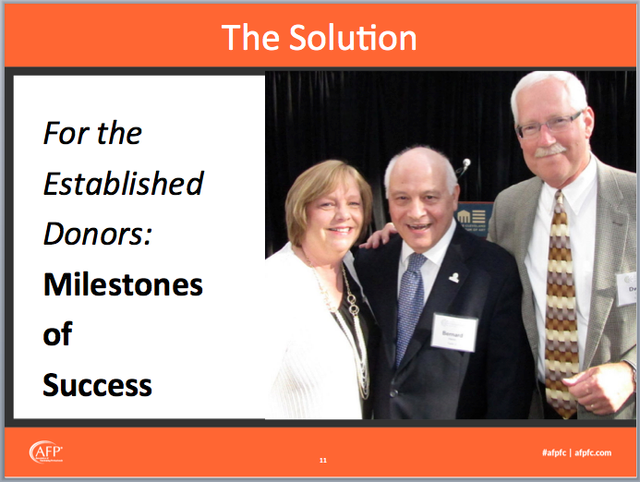
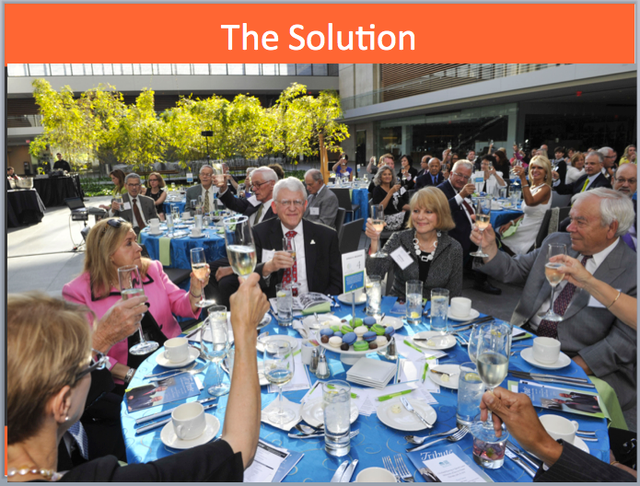

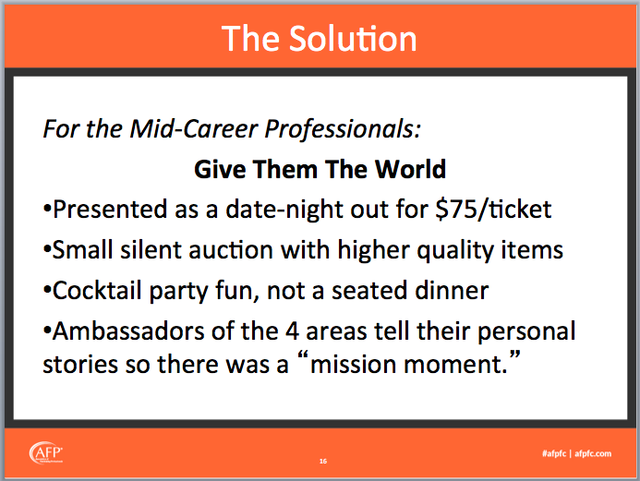

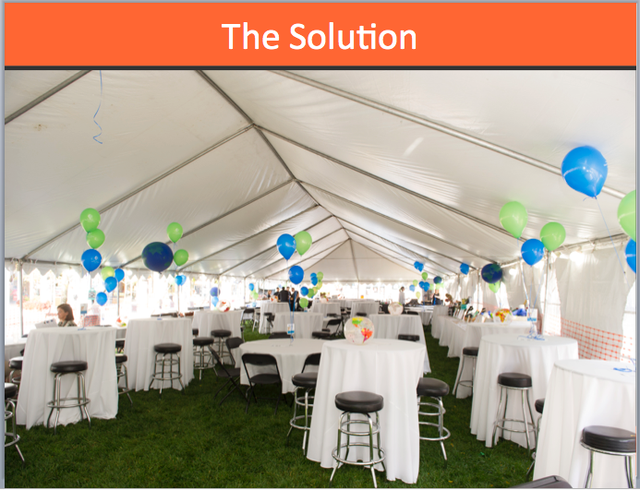
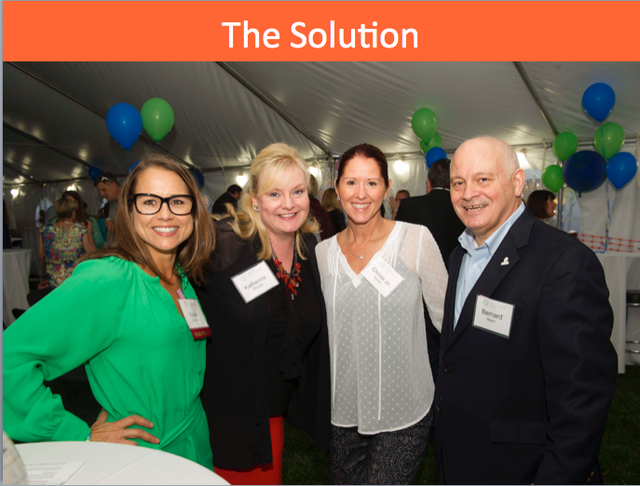
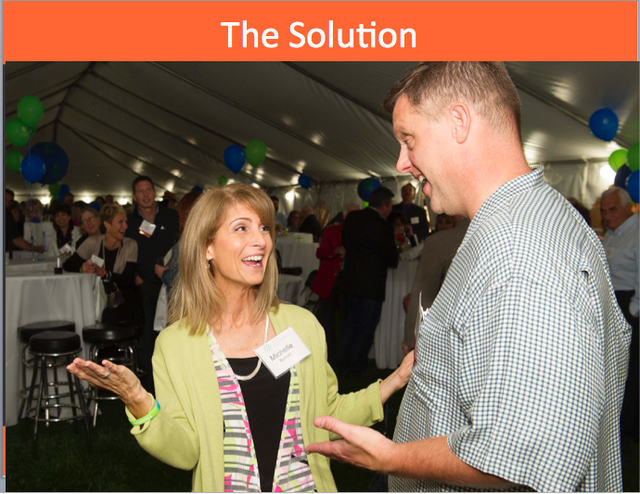
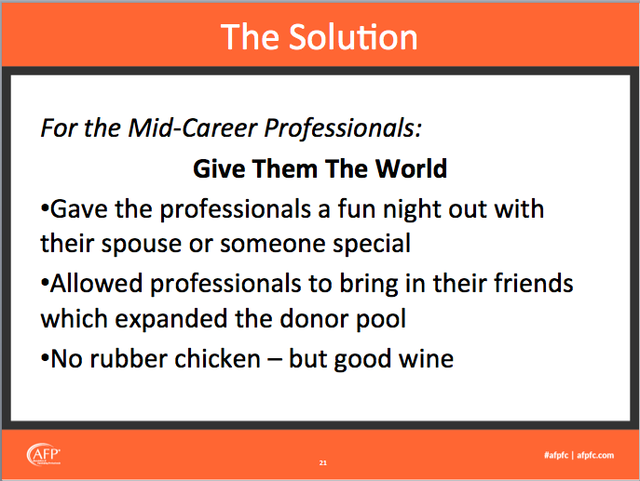

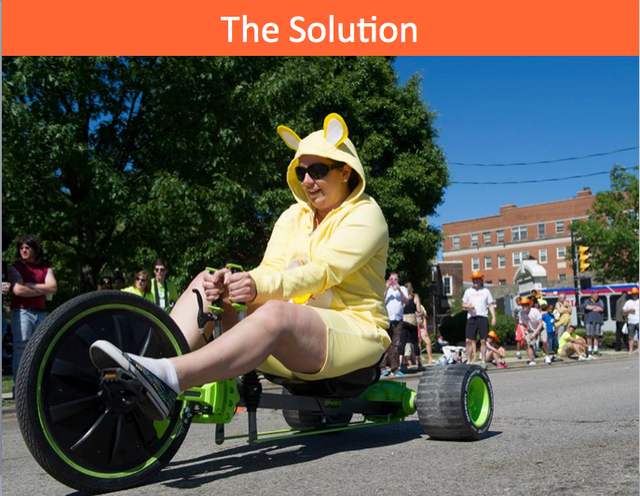
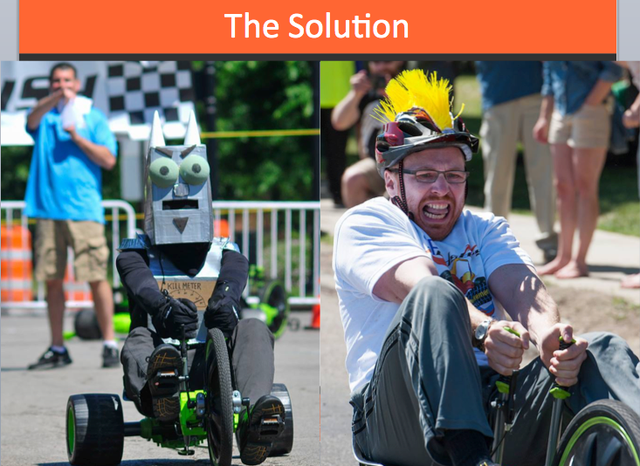
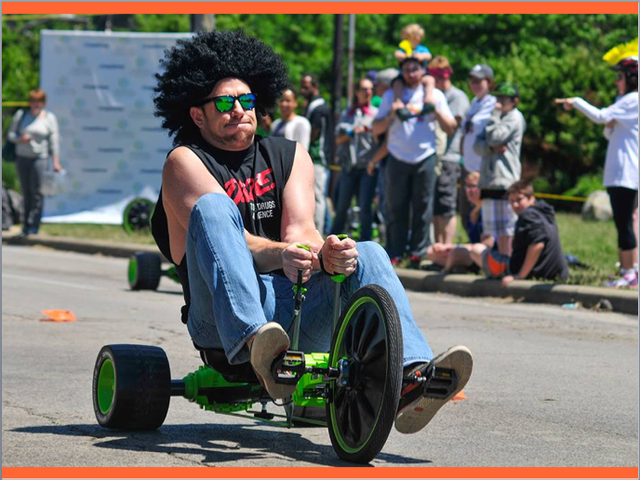
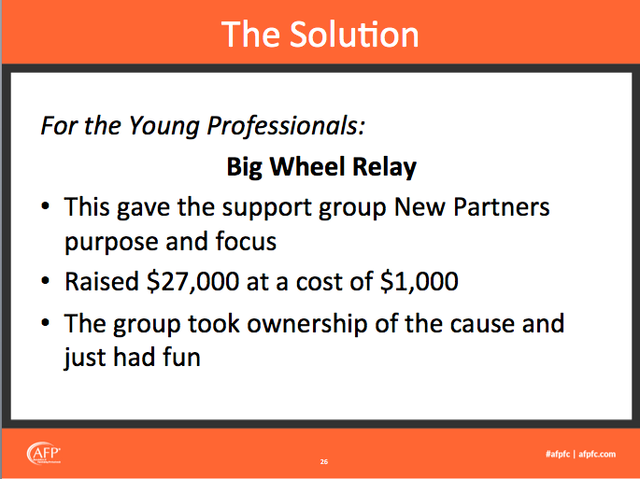
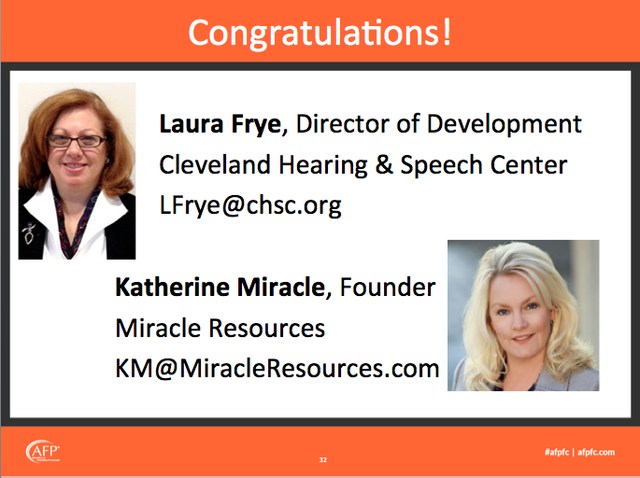
Also in Categories
-

















